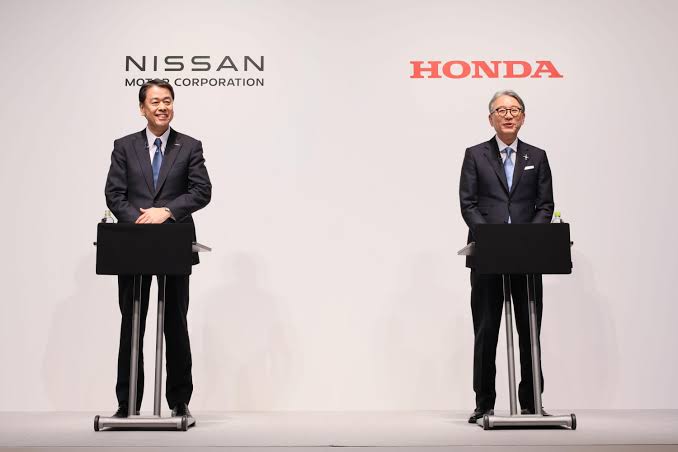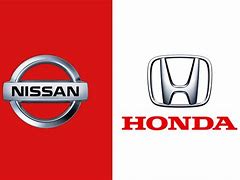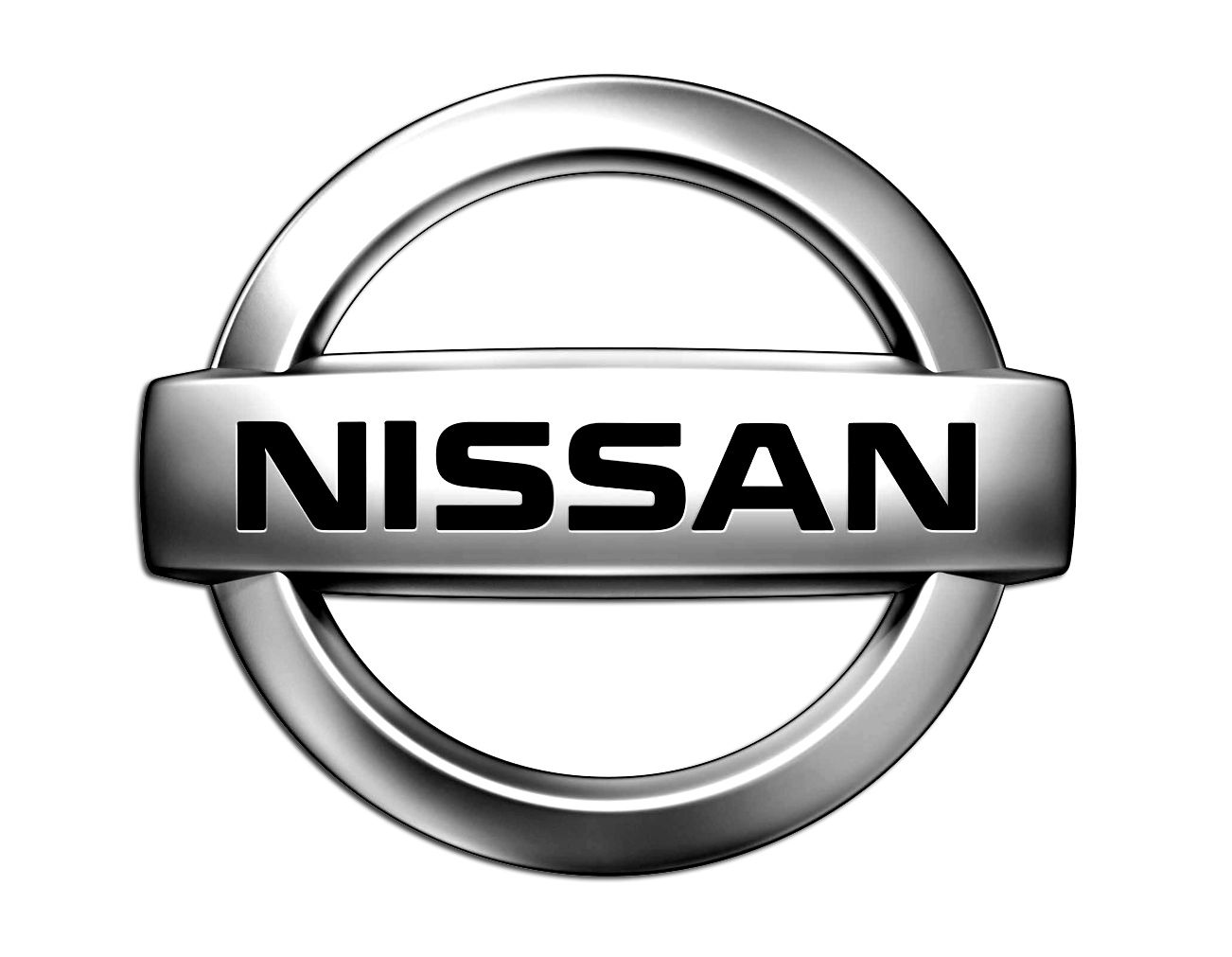On Thursday, Japanese auto giants Honda and Nissan confirmed that they have ceased merger discussions, which were initially announced in December.
This decision ended the potential formation of what would have been the world’s third-largest automaker.
Read also: Honda, Nissan announce historic merger to compete with EV market leaders
Why the merger ended
The cancellation of the merger talks arose from disagreements over the structure of the merged entity. Honda proposed making Nissan a subsidiary through a share exchange, a change from the original plan to integrate under a new holding company.
According to a joint statement, both companies concluded that terminating the MOU would prioritise speed in decision-making and execution in the increasingly volatile market as they transition to electrification.
According to local media, Honda had pushed Nissan to accelerate its restructuring efforts. In November 2024, Nissan announced plans to cut 9,000 jobs worldwide and reduce its global production capacity by 20 per cent after reporting a more than 90 per cent drop in net profit for the April-September period.
Collaboration continues
Despite the end of merger talks, the automakers said they would continue collaborating on electric vehicles and smart car technologies, including autonomous driving capabilities. Both companies believe this collaboration will allow them to compete against emerging forces by 2030.
Nissan said on Thursday that the two companies and their junior partner Mitsubishi Motors agreed to “terminate” a memorandum of understanding to join forces.
“Going forward, Nissan and Honda will collaborate within the framework of a strategic partnership aimed at the era of intelligence and electrified vehicles, striving to create new value and maximise the corporate value of both companies,” it said.
















